Amiko Li
news
about
index
writing
publication
whatelse

ways of eating
July 8-22, 2022
Postpost, Beijing
由te杂志与Postpost联合呈现:展览将展出近些年跟食物相关的出版物与艺术创作, 以广泛的角度涉猎食物所触及的层次,以及食物与地缘、文化经济和历史等概念混杂后发射出的复杂信号。2022年4月,食物作为最基本的供需又一次引发了公共性危机,当我们想重新看待食物的基础价值时,应该以怎样的角度审视背后隐藏的复杂因素?我们一边被告知“正确”的食用方法和用量,潜在的危机又促使我们去摸索独立的生存之路。以往的生活经验不只一次证实了分享的重要性,这也是本次展览的关键行动。
Postpost, Beijing
由te杂志与Postpost联合呈现:展览将展出近些年跟食物相关的出版物与艺术创作, 以广泛的角度涉猎食物所触及的层次,以及食物与地缘、文化经济和历史等概念混杂后发射出的复杂信号。2022年4月,食物作为最基本的供需又一次引发了公共性危机,当我们想重新看待食物的基础价值时,应该以怎样的角度审视背后隐藏的复杂因素?我们一边被告知“正确”的食用方法和用量,潜在的危机又促使我们去摸索独立的生存之路。以往的生活经验不只一次证实了分享的重要性,这也是本次展览的关键行动。
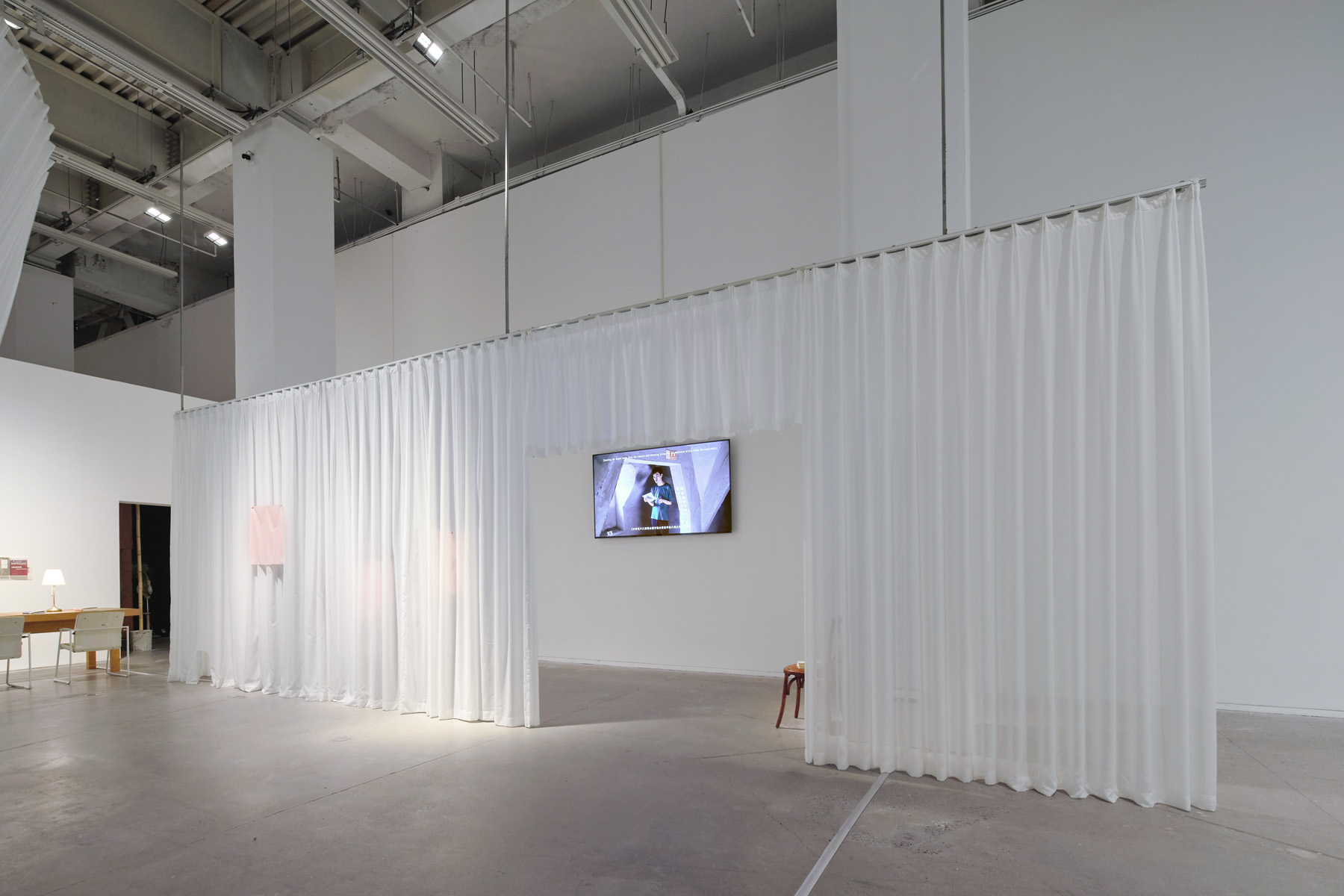
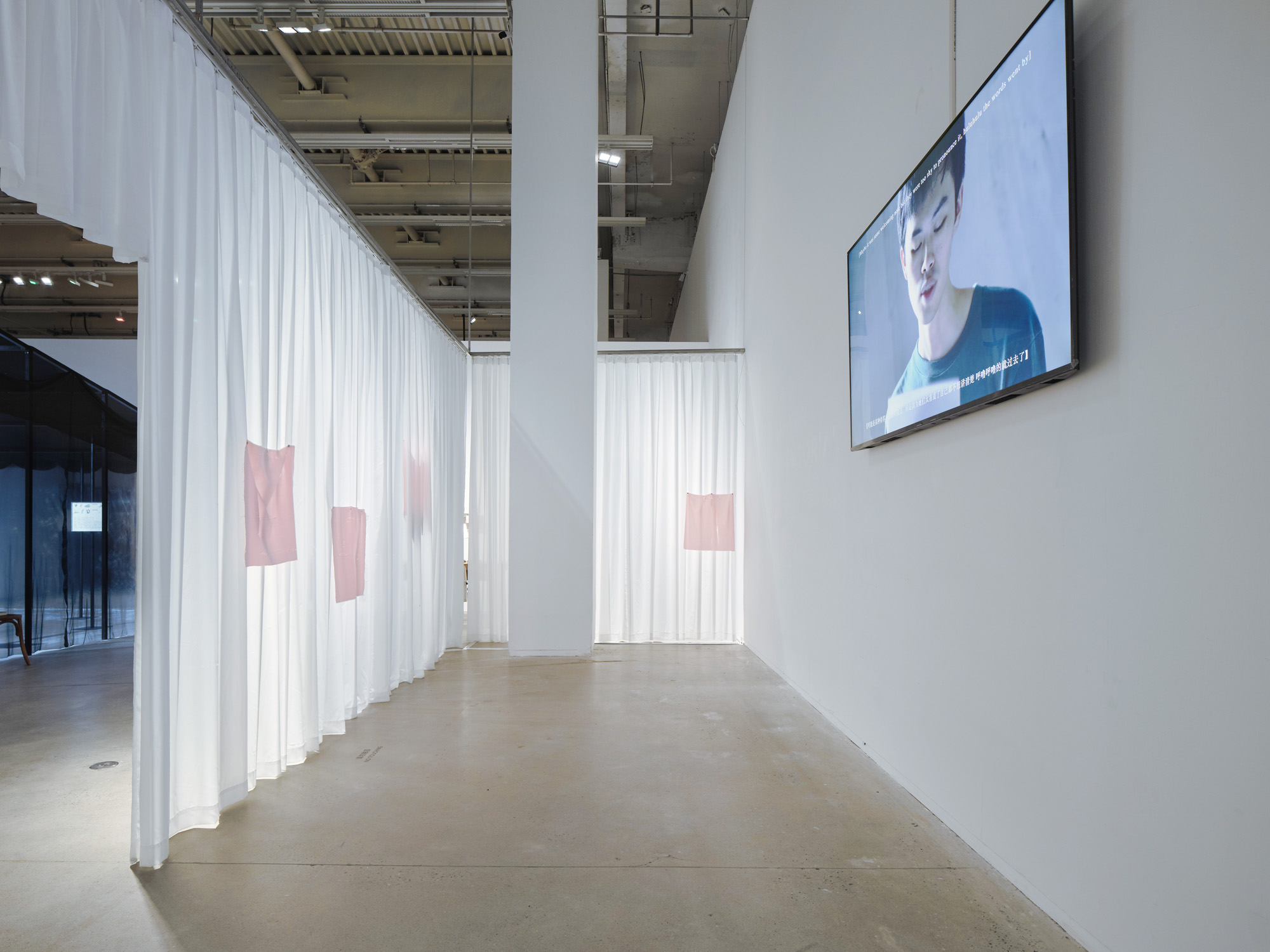



The Dwelling Place of the Other in Me
Dec 20 - Feb 27, 2022
Power Station of Art, Shanghai China
Curated by Dot Zhihan Jia and Kechun Qin
Dec 20 - Feb 27, 2022
Power Station of Art, Shanghai China
Curated by Dot Zhihan Jia and Kechun Qin
Participating artists:
Yuchen Chang, Chen Zhe, Avita Guo,
Han Mengyun, Kanthy Peng & Menglan Chen,
Amiko Li, NZTT Sewing Co-op, Sixing Xu,
Chris Zhongtian Yuan, and Jasphy Zheng
Yuchen Chang, Chen Zhe, Avita Guo,
Han Mengyun, Kanthy Peng & Menglan Chen,
Amiko Li, NZTT Sewing Co-op, Sixing Xu,
Chris Zhongtian Yuan, and Jasphy Zheng
“Writing is the delicate, difficult, and dangerous means of succeeding in avowing the unavowable.” – Hélène Cixous
Writing is an act - not only writing with a pen on paper, but also the threading of a needle on a cloth, or a child's scribble, or even a collage of images. It is an extension of bodily experience. French writer Hélène Cixous’ concept of “Écriture feminine” emphasizes the interconnection between writing and the body, putting individual experience before linguistic normativity to resist rational dualism. In today’s cultural dilemma of emerging individualist tendencies, to slow down and reflect on the idea of “empathy” as the ability to understand the world around us may help to generate more diverse social relationships and closer social bonds, free from prejudice. In this exhibition, ten groups of artists, through a semi autobiographical narrative, place their desire to communicate within the folds of different materials and dimensions, capturing and translating the flow and passage of sentiments in the crevices of words through the mediums of text, sound, drawing, and video, and constructing a space that flows and which opens and closes freely.
If we re-imagine writing as a process of weaving oneself, the exhibition is filled with moments of hesitation and pause, vulnerability and alleviation. Here, individual narratives take different shapes and stories set off in different ties: the trip to Lugu Lake which mother is always reluctant to talk about, the poem that was once incomprehensible and suddenly understood by random encounter, the coral that is transformed into hieroglyphs to understand language, the world depicted by the daughter through lines, "Miss Elevator" and her monologue, two attempts to write essay of a same topic across nine years, the embroidery on the soft towel, the love letter that was never sent, the blind date in the museum garden, the loneliness that has nowhere to go...before the story is concluded, every utterance shall not be named, so that the moments of murmuring and incoherency can be remembered.
The books that scattered around the exhibition space are evidence of the flashes of inspiration – from “Tower of Babel” to “Siddhartha”, from Rilke to Woolf – her, his, them eventually merge into us. The interwoven affects flow naturally within the narrative logic of "translation - metaphor - fiction" whilst preserving the irreducible differences between individual experiences. At the margin, we encounter, understand, and eventually renew each other.
Writing is an act - not only writing with a pen on paper, but also the threading of a needle on a cloth, or a child's scribble, or even a collage of images. It is an extension of bodily experience. French writer Hélène Cixous’ concept of “Écriture feminine” emphasizes the interconnection between writing and the body, putting individual experience before linguistic normativity to resist rational dualism. In today’s cultural dilemma of emerging individualist tendencies, to slow down and reflect on the idea of “empathy” as the ability to understand the world around us may help to generate more diverse social relationships and closer social bonds, free from prejudice. In this exhibition, ten groups of artists, through a semi autobiographical narrative, place their desire to communicate within the folds of different materials and dimensions, capturing and translating the flow and passage of sentiments in the crevices of words through the mediums of text, sound, drawing, and video, and constructing a space that flows and which opens and closes freely.
If we re-imagine writing as a process of weaving oneself, the exhibition is filled with moments of hesitation and pause, vulnerability and alleviation. Here, individual narratives take different shapes and stories set off in different ties: the trip to Lugu Lake which mother is always reluctant to talk about, the poem that was once incomprehensible and suddenly understood by random encounter, the coral that is transformed into hieroglyphs to understand language, the world depicted by the daughter through lines, "Miss Elevator" and her monologue, two attempts to write essay of a same topic across nine years, the embroidery on the soft towel, the love letter that was never sent, the blind date in the museum garden, the loneliness that has nowhere to go...before the story is concluded, every utterance shall not be named, so that the moments of murmuring and incoherency can be remembered.
The books that scattered around the exhibition space are evidence of the flashes of inspiration – from “Tower of Babel” to “Siddhartha”, from Rilke to Woolf – her, his, them eventually merge into us. The interwoven affects flow naturally within the narrative logic of "translation - metaphor - fiction" whilst preserving the irreducible differences between individual experiences. At the margin, we encounter, understand, and eventually renew each other.

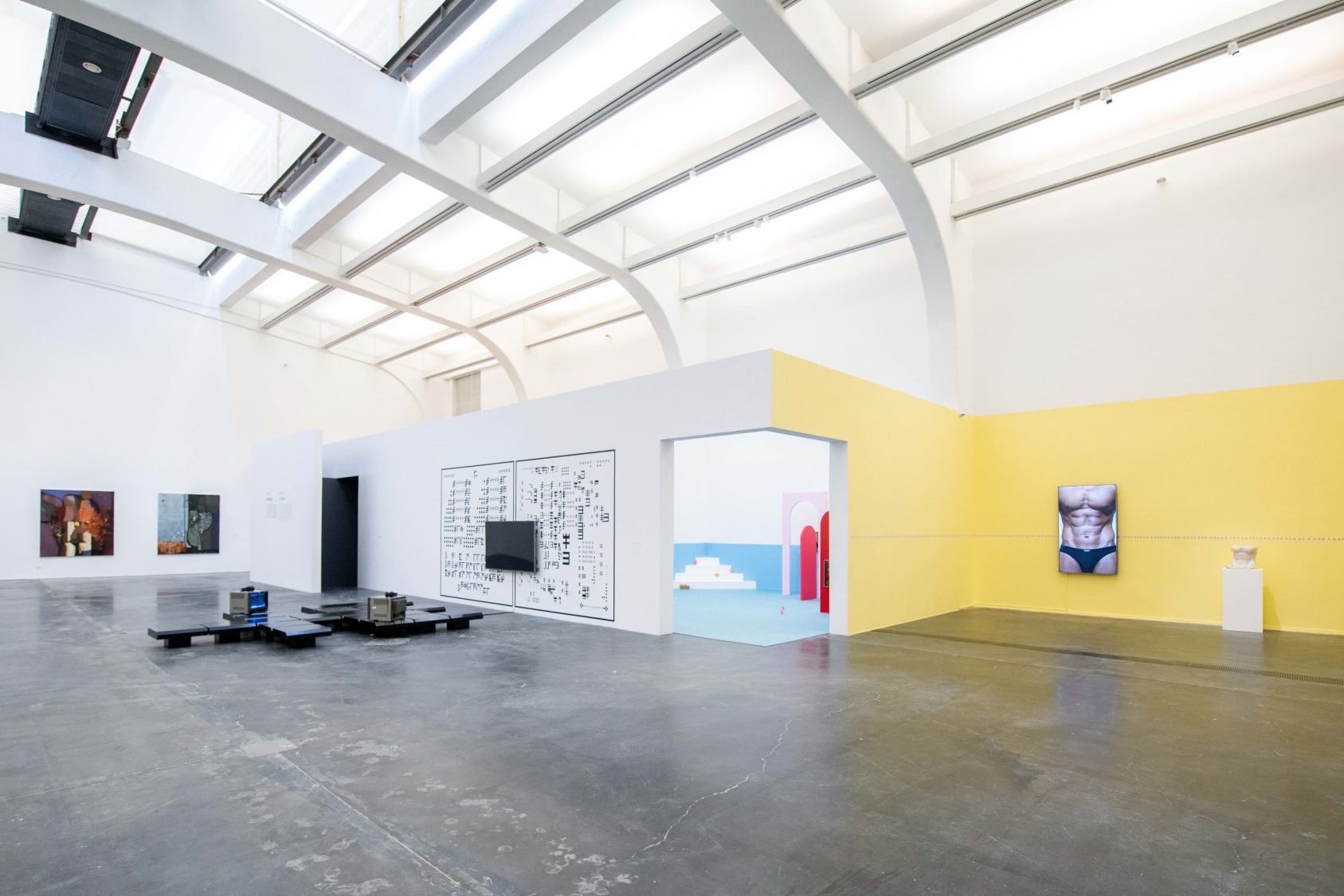
Meditations in an Emergency
May 21 - August 31, 2020
UCCA Center for Contemporary Art
“Meditations in an Emergency” is curated by the UCCA exhibitions team: Guo Xi, Luan Shixuan, Ara Qiu, Rocky Lin, Duffy Du, and Neil Zhang.
May 21 - August 31, 2020
UCCA Center for Contemporary Art
“Meditations in an Emergency” is curated by the UCCA exhibitions team: Guo Xi, Luan Shixuan, Ara Qiu, Rocky Lin, Duffy Du, and Neil Zhang.
Participating artists:
Forensic Architecture, Musquiqui Chihying, Lawrence Abu Hamdan, Han Bing, Christopher K. Ho, Joyce Ho, Hsu Chia-wei, Hu Rui, Pierre Huyghe, Jiang Zhuyun, Oliver Laric, Amiko Li, Li Liao, Lu Lei, Shana Moulton, Qiu Anxiong, Mika Rottenberg, Angela Su, Wolfgang Tillmans, Yi Xin Tong, Wang Bing, Yang Fudong, Zhang Hui, Zhang Peili, Robert Zhao Renhui, Payne Zhu.
Forensic Architecture, Musquiqui Chihying, Lawrence Abu Hamdan, Han Bing, Christopher K. Ho, Joyce Ho, Hsu Chia-wei, Hu Rui, Pierre Huyghe, Jiang Zhuyun, Oliver Laric, Amiko Li, Li Liao, Lu Lei, Shana Moulton, Qiu Anxiong, Mika Rottenberg, Angela Su, Wolfgang Tillmans, Yi Xin Tong, Wang Bing, Yang Fudong, Zhang Hui, Zhang Peili, Robert Zhao Renhui, Payne Zhu.
The world is undergoing, separately, the first global moment of the twenty-first century. Amidst a pandemic that has brought commerce and culture to a halt, and against the backdrop of renewed mortality, heightened tension, and amorphous suspension, we wonder: What is art for?
“Meditations in an Emergency” understands implicitly that it will be seen by people wearing masks, standing two meters apart from one another. People whose temperatures have just been measured and do not exceed 37.2 degrees centigrade. People whose data trails can verify that they have been in Beijing for the last fourteen days. (Have we ever been able to assume so much about our visitors?) It grows, in the wake of other plans now discarded or postponed, from the uncertainty—epidemiological, economic, organizational—that has become our shared predicament. Working from the precepts of the world we now inhabit, it unfolds in five sections and asks questions about the everyday, about mortality, about animality, about globalization, about information.
The exhibition brings together more than twenty artists from China and elsewhere, and includes works made in the past fifteen years. It takes its name from the title of an anthology by Frank O’Hara (1926-1966), the American poet better known during his short lifetime as a curator at the Museum of Modern Art. “In times of crisis,” he declares in one of the featured poems, “we must all decide again and again whom we love.”
“Meditations in an Emergency” understands implicitly that it will be seen by people wearing masks, standing two meters apart from one another. People whose temperatures have just been measured and do not exceed 37.2 degrees centigrade. People whose data trails can verify that they have been in Beijing for the last fourteen days. (Have we ever been able to assume so much about our visitors?) It grows, in the wake of other plans now discarded or postponed, from the uncertainty—epidemiological, economic, organizational—that has become our shared predicament. Working from the precepts of the world we now inhabit, it unfolds in five sections and asks questions about the everyday, about mortality, about animality, about globalization, about information.
The exhibition brings together more than twenty artists from China and elsewhere, and includes works made in the past fifteen years. It takes its name from the title of an anthology by Frank O’Hara (1926-1966), the American poet better known during his short lifetime as a curator at the Museum of Modern Art. “In times of crisis,” he declares in one of the featured poems, “we must all decide again and again whom we love.”






Some Kinds of Queery
Sept 25 - Nov 25, 2022
cusp. Hangzhou, China
Sept 25 - Nov 25, 2022
cusp. Hangzhou, China
Participating artists:
Tris Bucaro, Edward Thomasson, Bryson Rand, Kanthy Peng, William Zou, Amiko Li, Matthieu Croizier, Bowei Yang, Zhidong Zhang
Tris Bucaro, Edward Thomasson, Bryson Rand, Kanthy Peng, William Zou, Amiko Li, Matthieu Croizier, Bowei Yang, Zhidong Zhang
French theorist Monique Wittig alludes gender roles as socially enforced and first coined the term “heterosexual contract”. Under a patriarchal social framework, the binary gender has become a “stable” compound while queer identities have to wire-walk its way towards an unknown destination. Dedicated to investigate on the grey area under the binary gender, cusp. is introducing a group of queer artists of different backgrounds to take part in queering and querying the existing system. Through the representation of queer acquisition, performance, rhetorics, and various other radical or subtle approaches, these artists are many more volatile possibilities, with “Some kinds of Queery”.

Passaggio, 2021
Installation view at Chiri Photography Festival, 北京悦美术馆, China
Curated by Xi Cheng, Shuang Cai, and Ziwei Wang
Installation view at Chiri Photography Festival, 北京悦美术馆, China
Curated by Xi Cheng, Shuang Cai, and Ziwei Wang

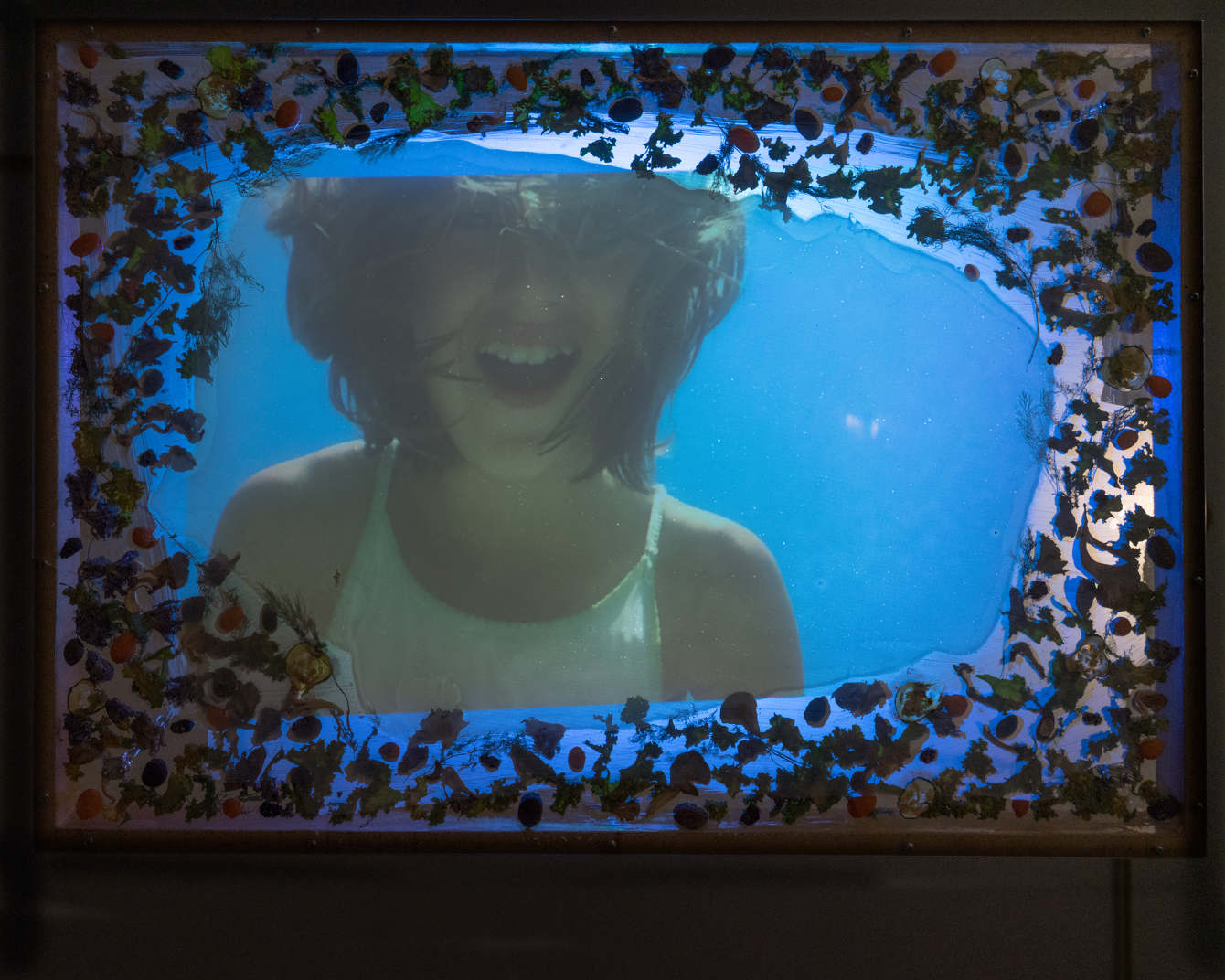

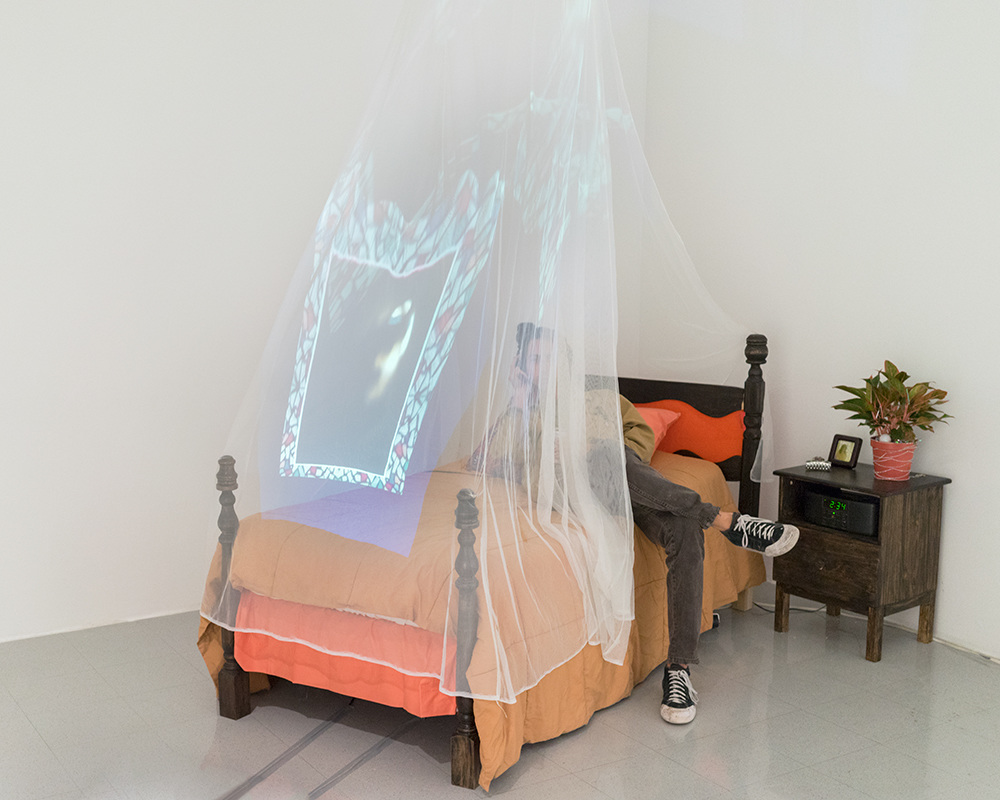
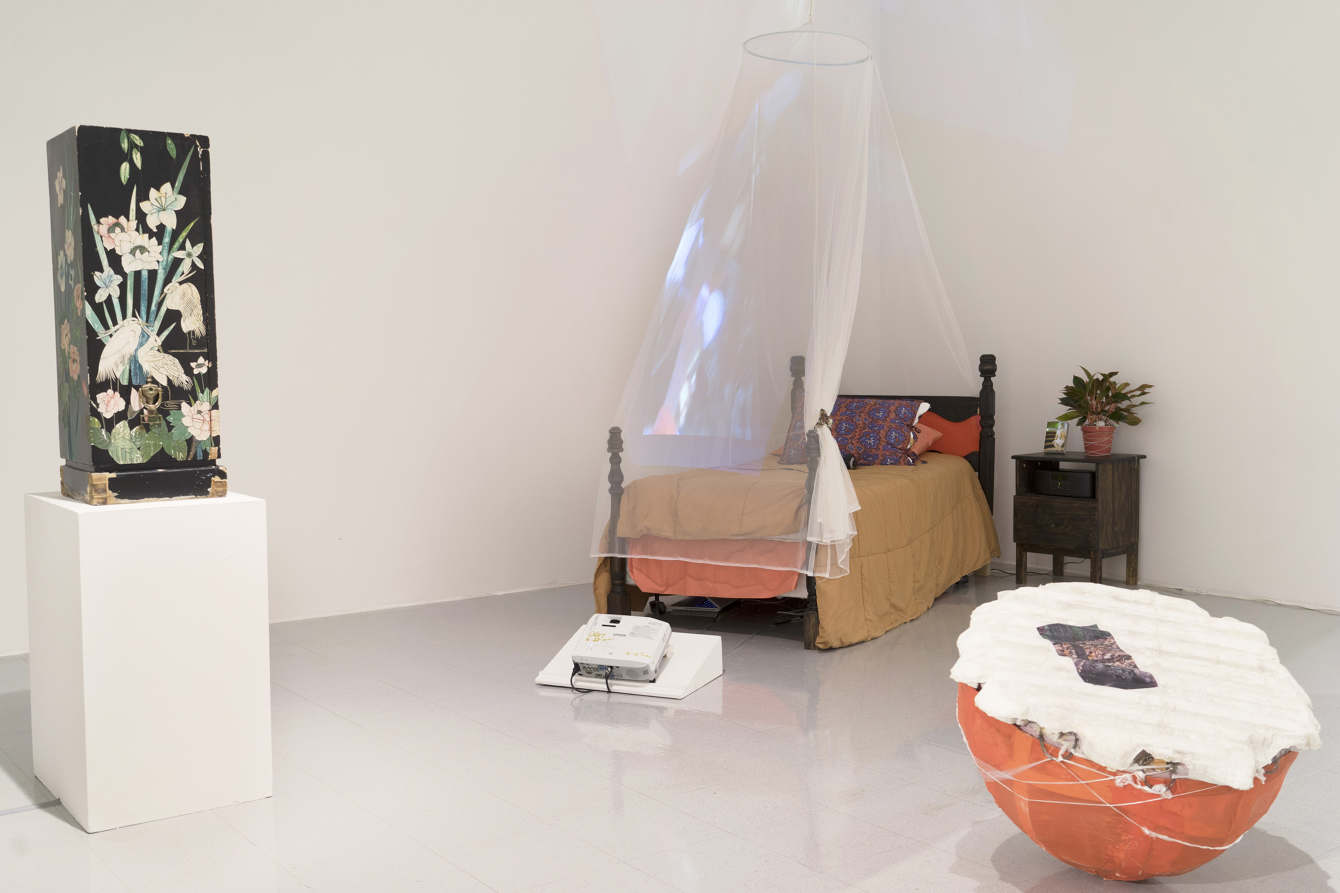


Homework: Play
September 28 - October 16, 2017
Mason Gross Galleries, New Brunswick, NJ
Curated by Amiko Li and Beatrice Orlandi
September 28 - October 16, 2017
Mason Gross Galleries, New Brunswick, NJ
Curated by Amiko Li and Beatrice Orlandi
Participating Artists:
Nick Grasso, Amiko Li, Beatrice Orlandi,
Karina Ruth, Stephen Williams, Young Sun Han
Nick Grasso, Amiko Li, Beatrice Orlandi,
Karina Ruth, Stephen Williams, Young Sun Han
For this exhibition, six artists will explore playfulness as a strategy for second guessing stable, “grown-up paradigms” through objects, photographs, videos, and installations. The selected works might also fall in the category of the cute, a minor aesthetic affect (as Sianne Ngai defines it), seems to call up for sensuous feelings that are able to trigger consumption, yet remain totally unnecessary and irrelevant to the market. Like domestic work and affective labor, where this category mostly reign, the cute might be planning to carry a certain subversive agency unnoticed, spreading it around with the help of its alley in incognito, the young buyer, while the adults are busy doing “important stuffs”.

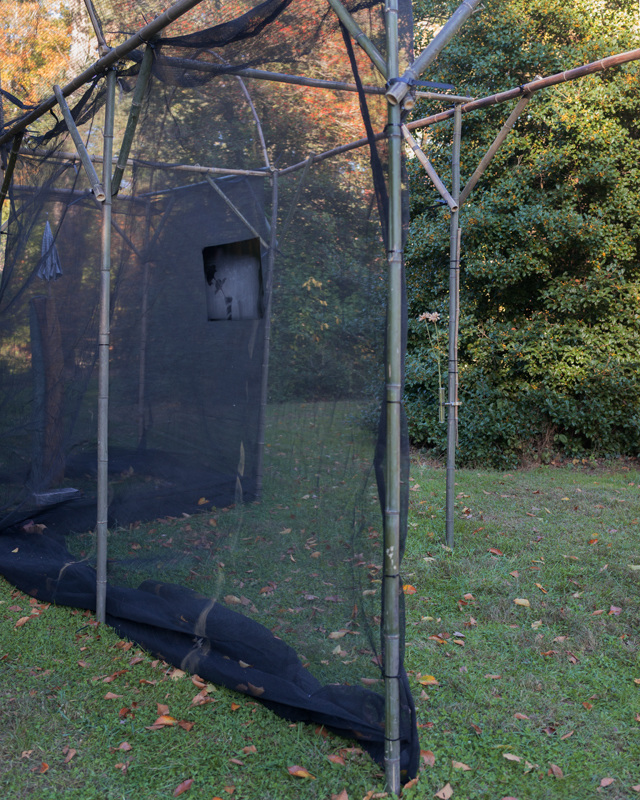

From Error of nature, Monsters and Sport
Reception: October 30th, 5 - 9pm
40.474584, -74.421716
Curated by Jett Strauss and Julian Gilbert-Davis
Reception: October 30th, 5 - 9pm
40.474584, -74.421716
Curated by Jett Strauss and Julian Gilbert-Davis
Artist:
Josh Araujo, Colleen Billing, Amiko Li,
Josh Minkus, Beatrice Orlandi
Josh Araujo, Colleen Billing, Amiko Li,
Josh Minkus, Beatrice Orlandi
For whoever knows the ways of Nature will more easily notice her deviations; and, on the other hand, whoever knows her deviations will more accurately describe her ways. That feeling when a seemingly boundless space produces the first echo of your footsteps. Your gut is anchored to the floor while your eyes search for edges of a now unknown place. This is an algorithm, a neighborhood, or an art gallery. "From Error of nature, Monsters and Sport" is not a eulogy for objectivity but the exposure of hegemonic forms, as if the blank slate was revealed to be ten thousand Muji® humidifiers clogging the air of an apple store.
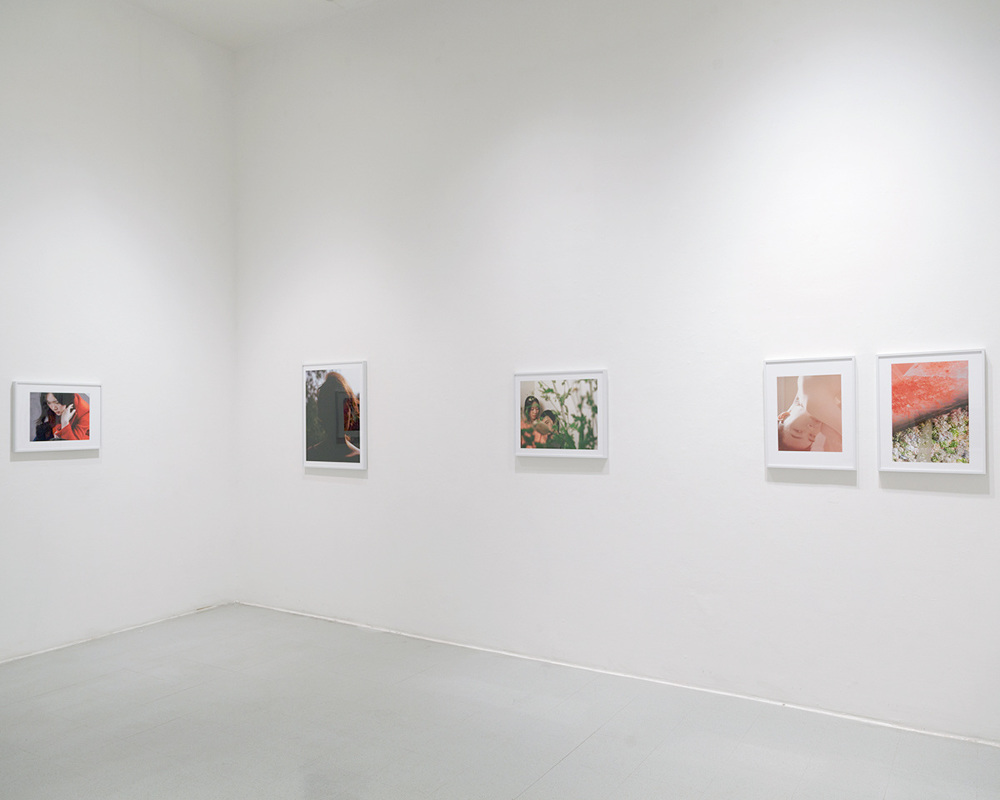


Cactus Cast Shadows of Flowers
November 17 - December 14, 2016
Mason Gross Galleries, New Brunswick, NJ
part of MFA First Year Exhibition
I am interested in the construction of gender and identity in our daily life. In Cactus Cast Shadows of Flowers, a series of ten photographs made in 2016, I observe people and their posture, carefully exploring my own identity through the strategy of staging and reenactment, referencing a variety of sources - anime, manga, music video, television footage, and film stills. For me the position of the body functions as only one part of the image - and maybe not the most important aspect - of constructing identity, It could be that vulnerability and powerlessness and underline availability of the body (in any given position) is what is "feminine".